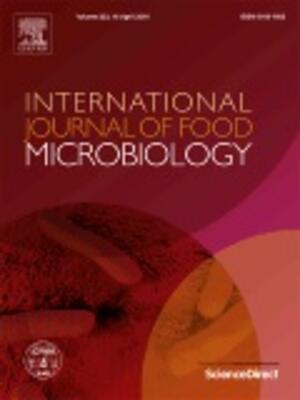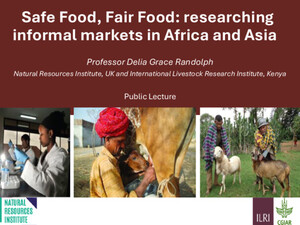
The Somali chilled meat value chain: Structure, operation, profitability and opportunities to improve the competitiveness of Somalia’s chilled meat export trade
Abstract
Export-oriented pastoral livestock production is an important source of livelihood of the Somali people. The country is largely food deficient, with imports forming a significant proportion of basic food requirements and which are largely financed through earnings from exports of live animals and meat. The export of meat products offers more avenues for increased earnings and tax revenue by exploiting the available opportunities for domestic value addition, than does live animal trade. This study characterizes the Somali chilled export meat value chain in terms of actors, institutions and practices, and provides an initial analysis of their profitability in handling four species of livestock. It also canvasses actors’ views on opportunities and constraints faced. Its main objective is to provide information that will enable development of strategies to improve the efficiency of the Somali chilled meat export value chain as a way of increasing incomes to market actors. Primary data used was obtained from a rapid appraisal of chilled meat export marketing value chains in Somalia and a formal survey of market actors (brokers, small-scale traders, agents of exporters, exporters and airfreight operators). Secondary data obtained from a review of relevant literature and interviews with expert informants was also generated. The study identified a widely-recognized and consistently-applied grading system for slaughter stock. Quality requirements in importing countries were revealed to be well known throughout the chain, in that actors’ rankings of attributes were consistent within and between actor stages. Conversely, knowledge of health and safety requirements in the importing countries was known only to exporters. Other inconsistencies throughout the chain included the nature and strength of trading relationships: long-lived at exporter and agent level but short term and cash-based at producer level. Although exporters made payments mostly on the basis of carcass weight, agents of exporters paid based on per head of live animals. There is evidence of economies of scale, and of financial advantage in species specialization (specifically, goats) by traders. Most actors’ aspirations feature expansion, but they report investment funding as their main constraint. The report presents preliminary recommendations for public and private sectors, many predicated on further study. These focus on value addition and information sharing on what constitutes value, building of product identity and legally protecting its unique status, and coordination to address costs.
Citation
Negassa, A., Baker, D., Mugunieri, L., Costagli, R., Wanyoike, F., Abdulle, M.H. and Omore, A. 2012. The Somali chilled meat value chain: Structure, operation, profitability and opportunities to improve the competitiveness of Somalia’s chilled meat export trade. ILRI Research Report 32. Nairobi, Kenya: ILRI.









